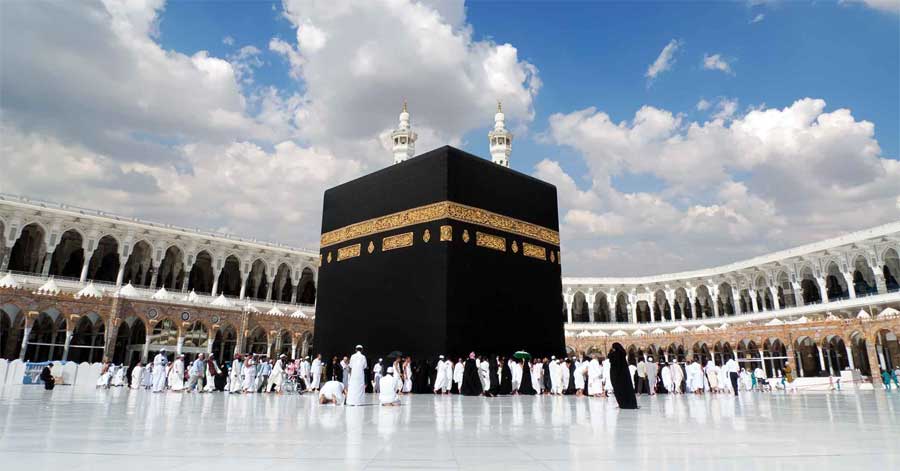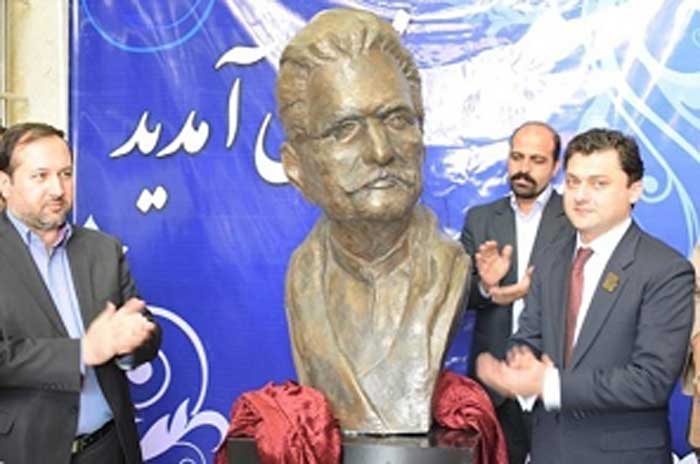Mufti Saad Abdul Razzaq
Following this, he SAAW arrived at Sarf, a location situated approximately 9 to 12 miles away. One notable event at Sarf was the marriage of Rasulullah SAAW to Ummul Mu’mineen Maymunah R.A during his journey for Umra tul Qadha. Upon the return journey, the marriage was consummated at this site, and subsequently, the burial place of Hadhrat Maymunah R.A was established at the same place. As per the authentic narrations, she passed away in the 51st year of the Hijri calendar.
During their stay in Sarf, Umm ul Mu’mineen Ayesha’s R.A menses commenced. She recounted that upon reaching Sarf during the Hajj pilgrimage, her menstrual cycle began. Distressed, she started crying. Rasulullah SAAW inquired about her tears, to which she expressed concern about missing Hajj due to menstruation. Comforting her, Rasulullah SAAW reassured her, stating:
All glory belongs to Allah! This (menstruation) is from amongst the decree of Allah for the daughters of Adam. He encouraged her to continue with the rituals of Hajj like other pilgrims but advised against circumambulating (Tawaf) the Kaaba until she was pure, and her cycle had ceased.
(Sunan Abu Dawud – Hadith 1782, Pg. 208)
In one narration Rasulullah SAAW advised Sayyidatuna Ayesha R.A through the following words:’ (Sunan Abu Dawud 1781, Pg. 208)
‘Uncover your head, comb your hair, don the Ihram garment for Hajj, and forgo the intention of Umrah.’
Similarly, Rasulullah SAAW instructed the companions who were present:
For those who have not brought sacrificial animals to don the Ihram of Umrah only. Whereas those who had brought sacrificial animals were to remain in Ihram until the completion of Hajj. (Sahih Bukhari – Hadith 1485, Pg. 565)
Prior to this, at the Meeqaat, Rasulullah SAAW had permitted the companions to choose from any of the three types of Hajj. Here at Sarf, he permitted those without sacrificial animals to perform Umrah and come out of the state of Ihram if they wished, and later on at Saffa, Rasulullah SAAW gave explicit instructions that those without sacrificial animals must perform Umrah and conclude their Ihram instantly.
Dhu Tuwa and Wadi e Azraq
Thereafter, Rasulullah SAAW encamped at Dhu Tuwa, a destination also mentioned in the records of Bukhari Shareef. This was on a Sunday corresponding to the 4th of Zul Hijjah. Rasulullah SAAW performed the early morning prayer (Fajr) there and took a bath of purification (Ghusl) and made his way to Makkah Mukarramah through Wadi e Azraq. (Sahih Muslim – Hadith 166, Pg. 94)
While reflecting, he likened the scene to Nabi Musa A.S ascending Mount Sinai, reciting the Talbiyah and supplicating to Allah with humility. (Sahih Muslim – Hadith 166, Pg. 94)
Arrival in Makkah
Upon arrival, Rasulullah SAAW entered Makkah Mukarramah from the upper side, known as Thaneeyatul ‘Ulya, during daylight hours. This location is now known as ‘Mu’aabadah’. Upon sighting the House of Allah there are conflicting reports on whether he raised his hands in supplication or not.
As the traditions support both opinions, one can harmonize the fact of the matter that the traditions which indicate that he raised his hands, it meant that he raised his hands up to his chest, while those that suggest that he refrained from this gesture, it meant that he did not raise his hands as one would in prayer for the first Takbeer i.e. Takbeer-Tahreema.
Entering Masjid al-Haram through Babus Salaam at mid-morning (Chaast), Rasulullah SAAW faced the Baitullah and engaged in fervent Dua. Thereafter, Rasulullah SAAW set an example by performing Tawaf instead of offering the Nafil of Tahiyyatul Masjid, so that all those entering the Haram will follow suit in his practice, as Tahiyyatul Masjid (Unit of prayers offered upon entering the House of Allah) was embodied in the act of Tawaf.




